The art of packing is knowing what to leave behind.
This simple saying becomes especially relevant when preparing for a move.
Shoes, often overlooked until the last minute, are more than just footwear—they reflect our lifestyle, hobbies, and personal style.
Whether it's your trusty sneakers, elegant high heels, or hiking boots that have seen better days, each pair tells a story.
And when it’s time to move, it is compulsory to ensure that these prized possessions are packed properly.
Now, let’s put things into perspective: the average American owns about 19 pairs of shoes, but households with families can easily exceed 40 or 50 pairs.
If you think about it, that's a lot of shoes to organize, clean, and pack!
Furthermore, studies show that Americans spend roughly $76 billion annually on shoes.
It’s not just about protecting your investment; it’s about saving time and stress when unpacking in your new home.
Packing shoes might seem like a straightforward task, but doing it poorly can lead to scuffs, crushed toes, or even mildew if moisture gets trapped.
By the time you open your moving boxes, your favorite leather boots or suede heels could be damaged beyond repair.
And let’s not forget the frustration of arriving at your new place only to find that your shoes are buried in an unlabeled box somewhere.
Let’s get into the details of how to pack shoes for moving without a hitch.
Why Packing Shoes Properly Matters
Shoes aren’t just a fashion statement; they’re an investment.
In the U.S., the average person spends about $300 annually on shoes, and some specialty or branded pairs can cost significantly more.
Poor packing can lead to:
- Scuffed surfaces
- Crushed shapes
- Mold or odors due to trapped moisture
By taking the time to pack correctly, you’ll save money on replacements and preserve the lifespan of your collection.
Declutter Your Shoe Collection Before Packing
Moving is the perfect opportunity to reassess your belongings.
Start by decluttering your shoes.
This step makes packing shoes for relocation more efficient and ensures you’re only taking what you truly need.
Steps to Declutter:
Separate by Condition:
Create piles for "Keep," "Donate," and "Discard."
Shoes that are in good condition but no longer needed can be donated.
Consider Usage:
If you haven’t worn a pair in over a year, it’s time to part ways.
Factor in Your New Home:
Are you moving to a colder climate? Your flip-flops might not make the cut.
Pro Tip:
Charities like Goodwill and Soles4Souls accept shoe donations, which makes it easy to give your footwear a second life.
Gather Your Packing Materials
Packing shoes effectively requires the packing materials. Here’s a checklist:
Sturdy boxes: Medium-sized boxes work best to avoid overpacking.
Packing paper: Use unprinted paper to avoid ink stains.
Bubble wrap: For high-value or fragile shoes.
Shoe bags: Fabric bags or even clean pillowcases work well.
Packing tape: Strong tape to seal boxes securely.
Markers: For labeling boxes.
Clean Your Shoes Before Packing
Nobody wants to unpack dirty or smelly shoes. Cleaning them beforehand is a must.
Follow these steps to clean the shoes properly:
Remove dirt and debris: Use a soft brush or cloth to clean soles and surfaces.
Wash laces: Detach and wash laces separately for sneakers or casual shoes.
Dry thoroughly: Avoid packing damp shoes to prevent mold or odors.
Organize Shoes by Type and Season
Sorting shoes makes packing easier and unpacking faster.
Group them into categories:
Everyday footwear: Sneakers, loafers, flats.
Seasonal shoes: Winter boots, summer sandals.
Delicate shoes: High heels, suede shoes.
Occasional shoes: Formal or party shoes.
How to Pack Shoes Without Damaging Them
Packing shoes may seem straightforward, but each type of footwear requires a unique approach to prevent damage during a move.
Let’s break it down, one category at a time.
Everyday Shoes
Everyday shoes like loafers, sandals, and flats are versatile and usually sturdy, but they can still get scuffed or deformed if not packed properly.
Here’s how to keep them safe:
Stuff Them to Retain Their Shape
Use crumpled packing paper, clean socks, or even small cloths to fill the interior of the shoes. This prevents them from collapsing during transit.
Avoid using newspaper, as the ink may transfer and stain lighter-colored interiors.
Wrap Each Shoe Individually
Wrap each shoe with packing paper or a soft cloth to prevent scratches.
For extra protection, especially for patent leather or shiny surfaces, layer with bubble wrap.
Bundle Pairs Together
Tie each pair together with a rubber band or string to keep them organized. This is particularly useful for slip-ons or flats that can easily be separated.
Position Wisely in the Box
Place heavier everyday shoes, like loafers, at the bottom of the box and lighter ones, like sandals, on top.
Use smaller gaps between shoes to store socks or belts, optimizing space.
Sneakers
Sneakers are among the most frequently used types of footwear and require special attention to keep them in good condition.
They’re also prone to scuffing due to their soft materials.
Clean and Dry First
Before packing, wipe the soles to remove dirt and debris, as this can transfer onto other shoes or items in the box.
Ensure they’re completely dry to avoid mildew or unpleasant odors during the move.
Stuff and Wrap
Just like everyday shoes, stuff the interior with paper or socks to help sneakers maintain their structure.
Use bubble wrap for high-end or collectible sneakers, as their surfaces are often prone to scratches.
Store in Original Boxes (if available)
If you still have the original shoe boxes, use them! They’re designed to protect the shoes and fit perfectly.
Stack these boxes inside a larger moving box for added protection.
Pack Strategically
If the original boxes aren’t available, layer sneakers in the moving box with soles facing opposite directions to maximize space.
High Heels
High heels are delicate and are more prone to damage due to their unique construction and slim heels.
A snapped heel or crushed toe box can ruin your favorite pair, so they require extra care.
Wrap individually with Bubble Wrap.
Wrap each shoe entirely with bubble wrap, paying special attention to the heels and toes. These are the most vulnerable parts.
For delicate materials like suede or satin, layer with soft packing paper before adding bubble wrap to avoid surface abrasions.
Heel-Down Placement
Place high heels heel-down in the box to ensure evenly distributed weight. This positioning minimizes the risk of snapping or bending the heel during transit.
Use Dividers or Small Boxes
Use small boxes or dividers within the main box for expensive or sentimental pairs to prevent them from shifting around.
You can also use wine bottle dividers in boxes for an easy DIY solution.
Add Cushioning
To keep the shoes snug and stable, surround them with soft materials like packing paper, foam peanuts, or towels.
Boots
Boots, especially tall or structured ones, present a unique challenge due to their size and shape. Proper packing not only saves space but also prevents creases and deformation.
Stuff Tall Boots
Insert rolled-up magazines, cardboard, or pool noodles into the shafts of tall boots. This helps them retain their shape and prevents them from folding or creasing.
Protect Soft Leather or Suede
Use packing paper or soft cloth to wrap boots made of delicate materials. Avoid bubble wrap directly on suede, as it can leave marks.
Fold or Roll Soft Boots
For unstructured boots like Uggs or fabric styles, gently fold or roll them to save space. Place them at the bottom of the box to avoid crushing other shoes.
Pack in Layers
Place the heaviest boots flat at the bottom of the box, and use smaller or lighter shoes to fill in the gaps.
If the boots are dirty or muddy, wrap the soles in plastic before packing to prevent dirt from transferring to other items.
General Tips for All Shoes
Use Silica Gel Packets
Place silica gel packets inside the box or individual shoes to absorb moisture and prevent odors.
Avoid Plastic Bags
While tempting, plastic bags can trap moisture, leading to mold or mildew during long-distance moves.
Label Boxes Clearly
Write "Fragile" or "Shoes - Handle with Care" on the box to ensure movers take extra precautions.






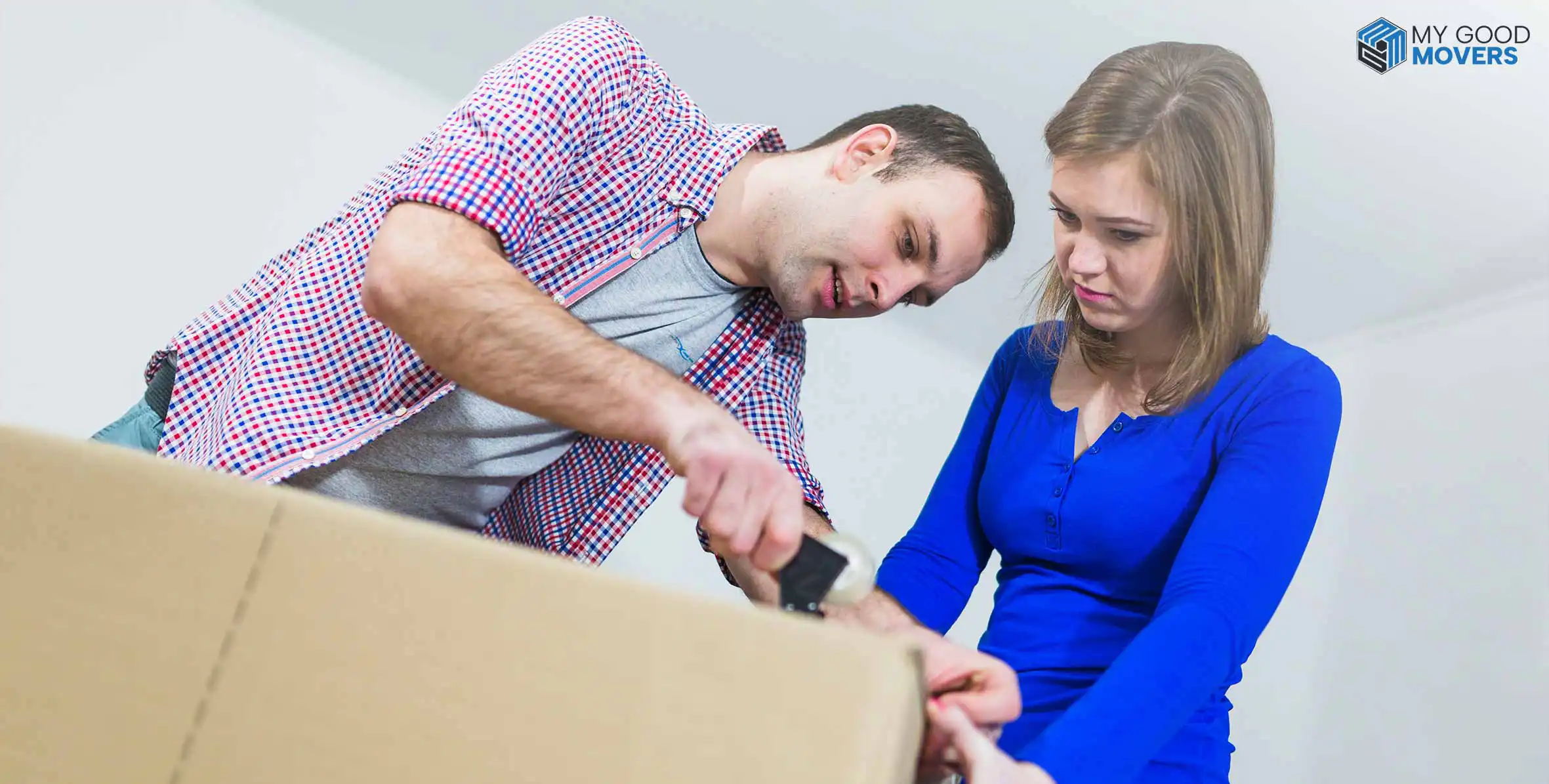
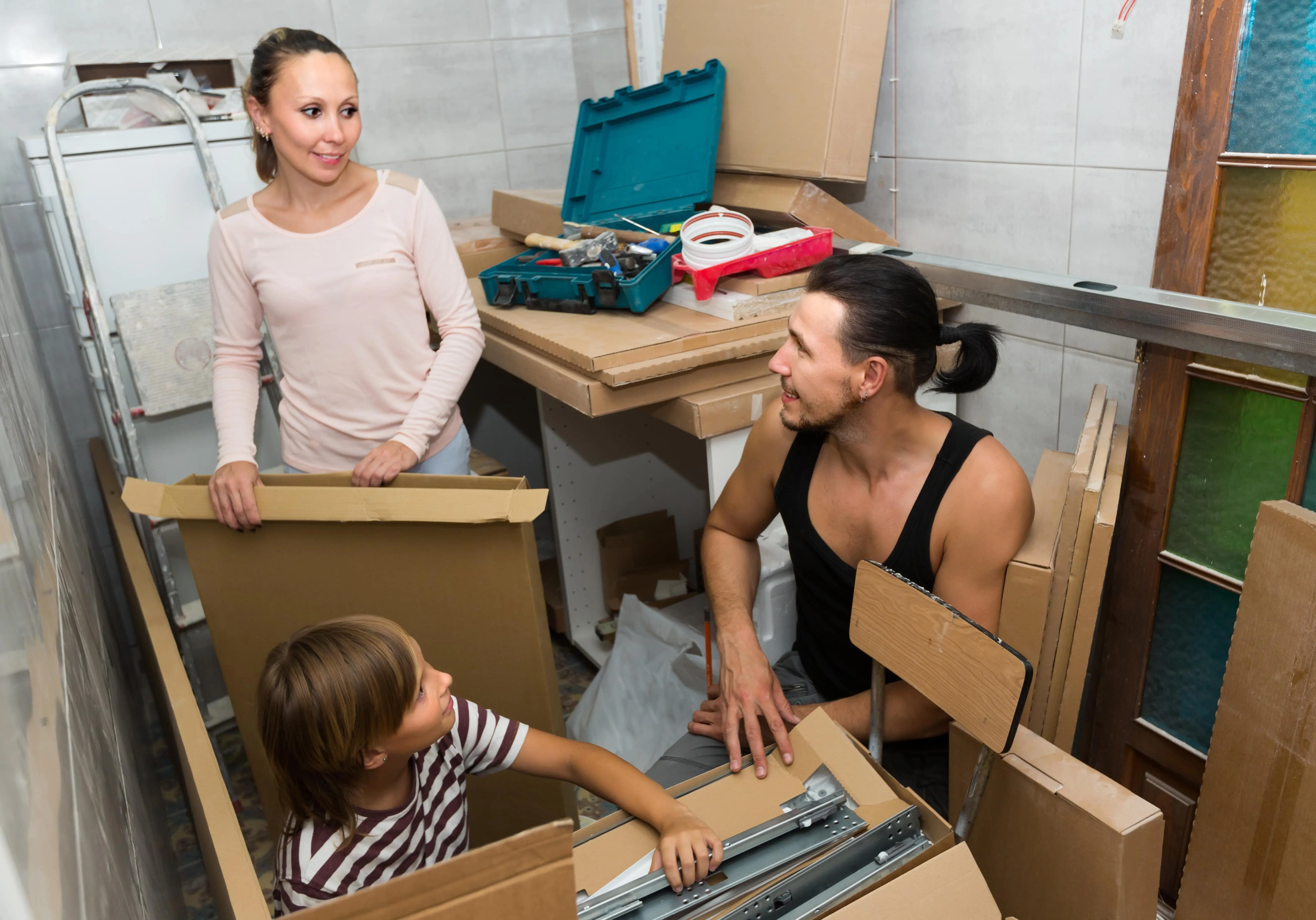
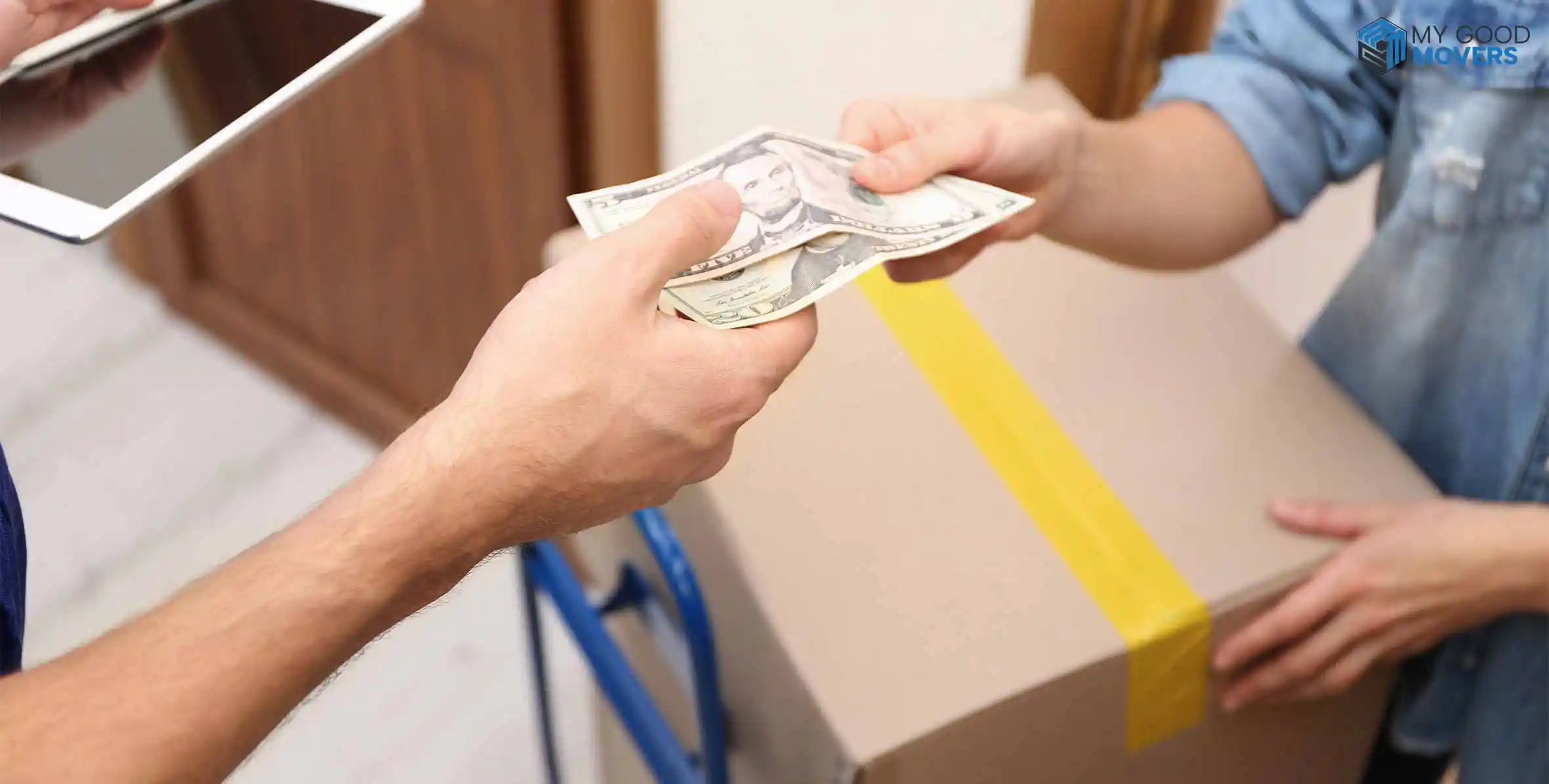
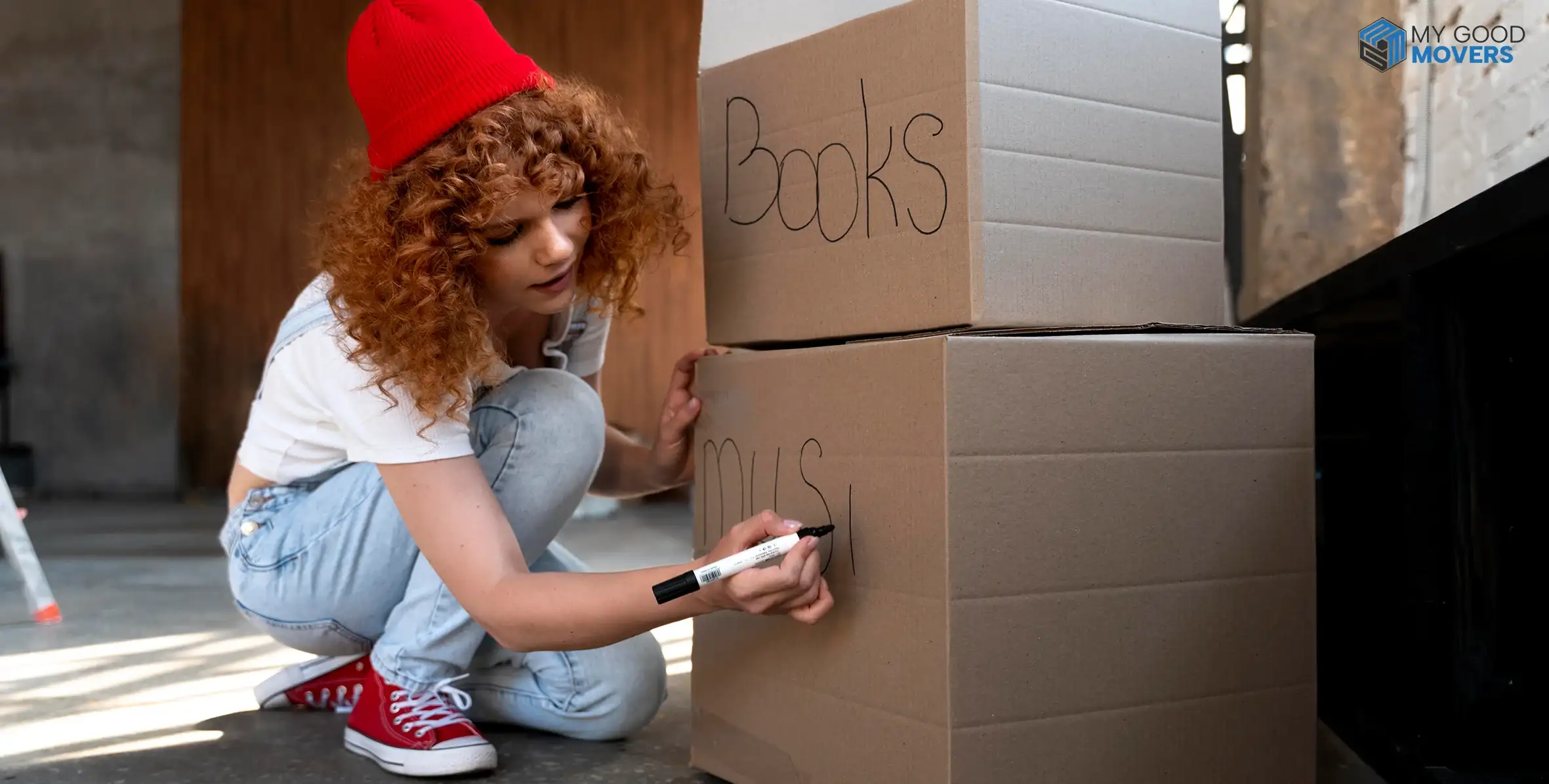
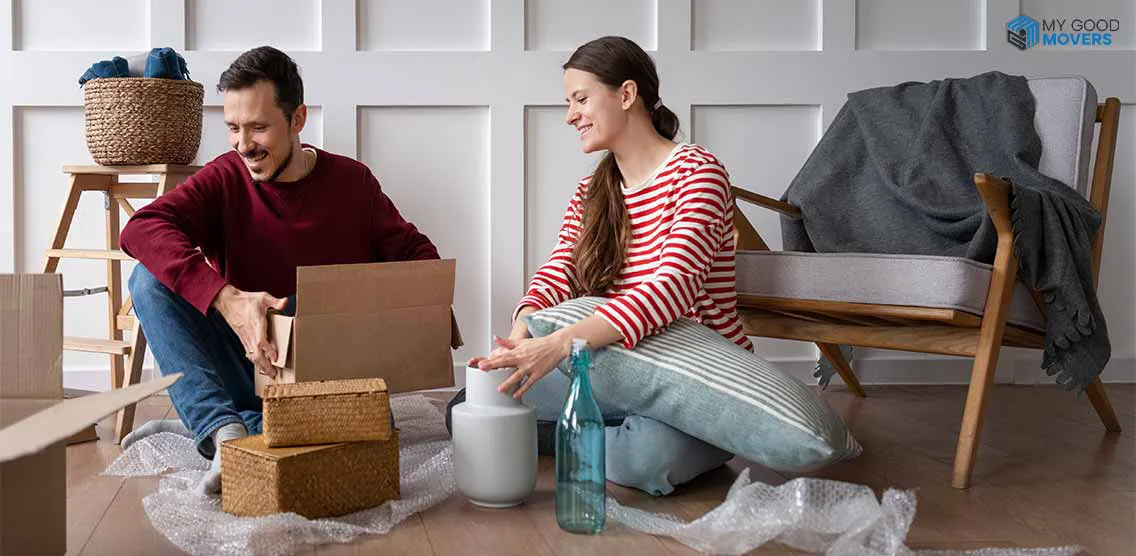
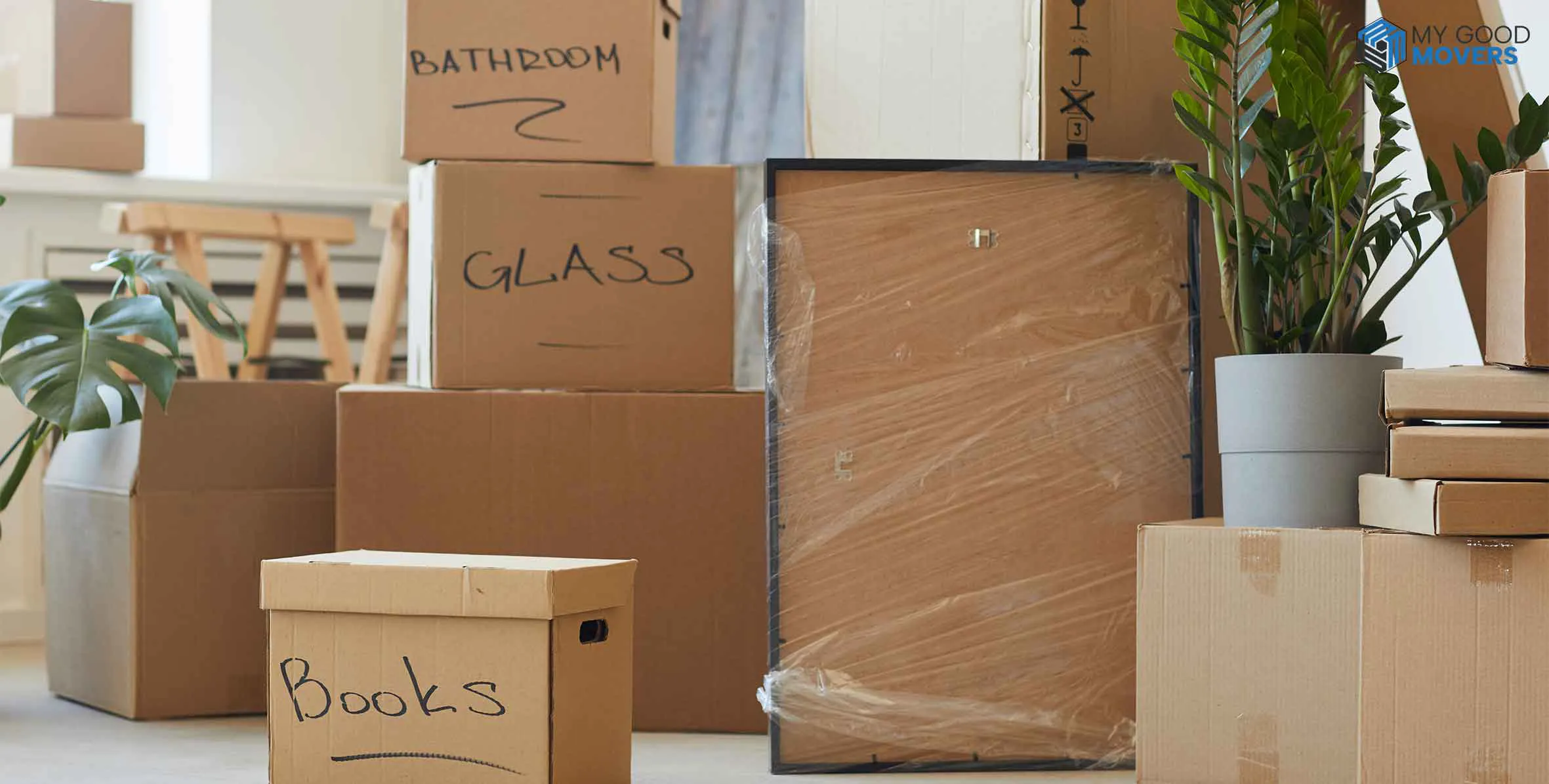
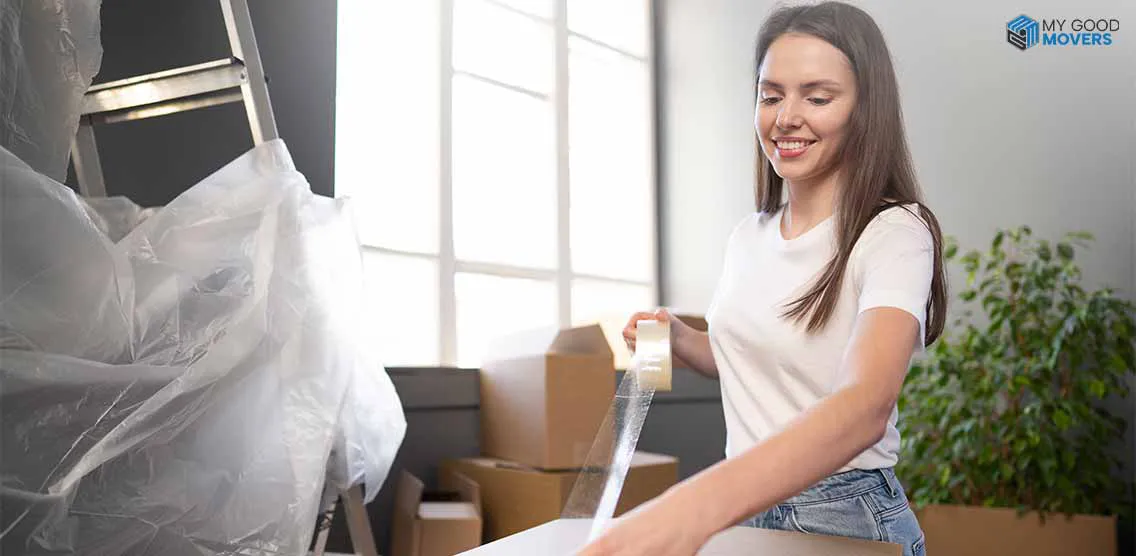

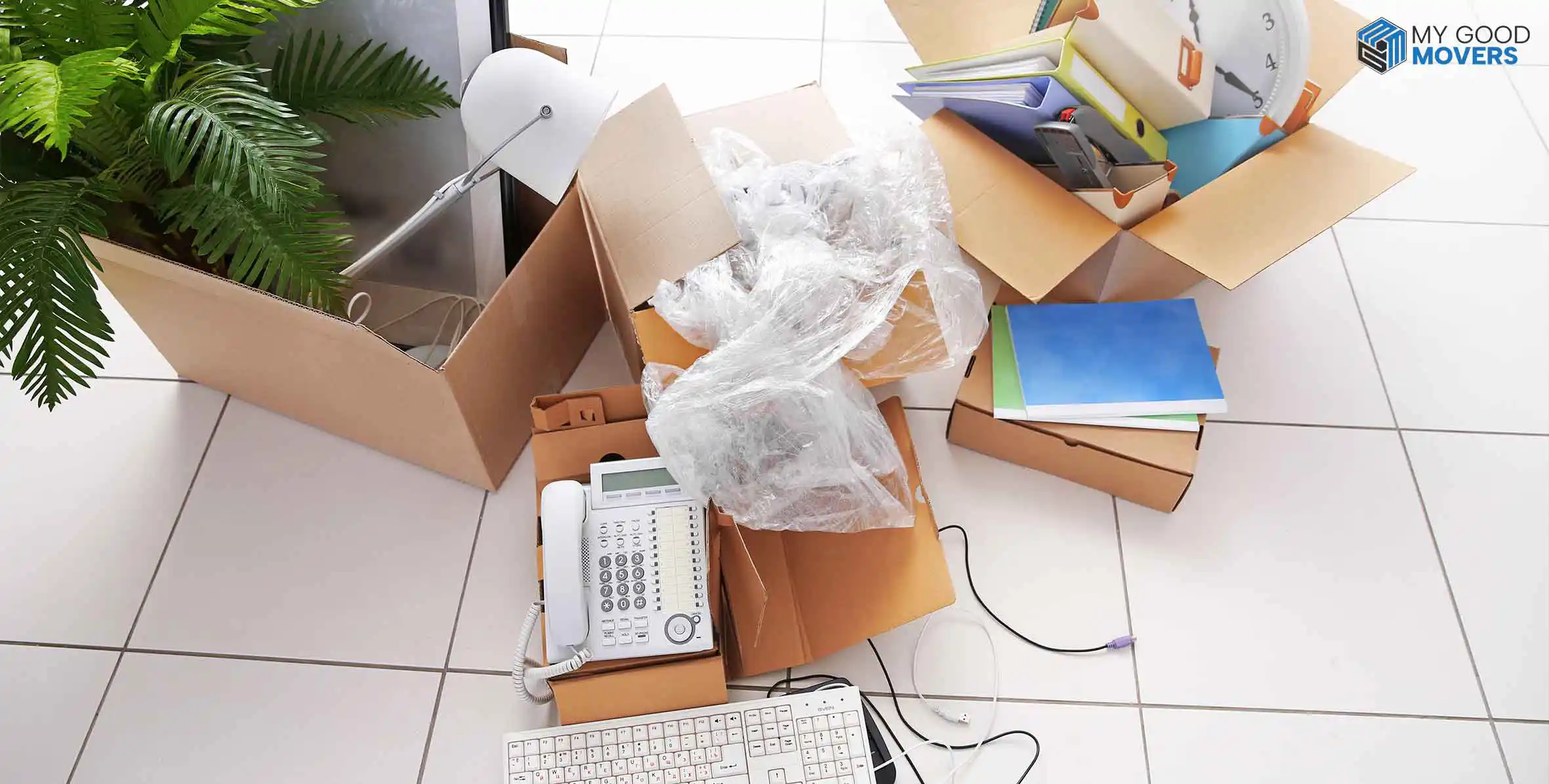







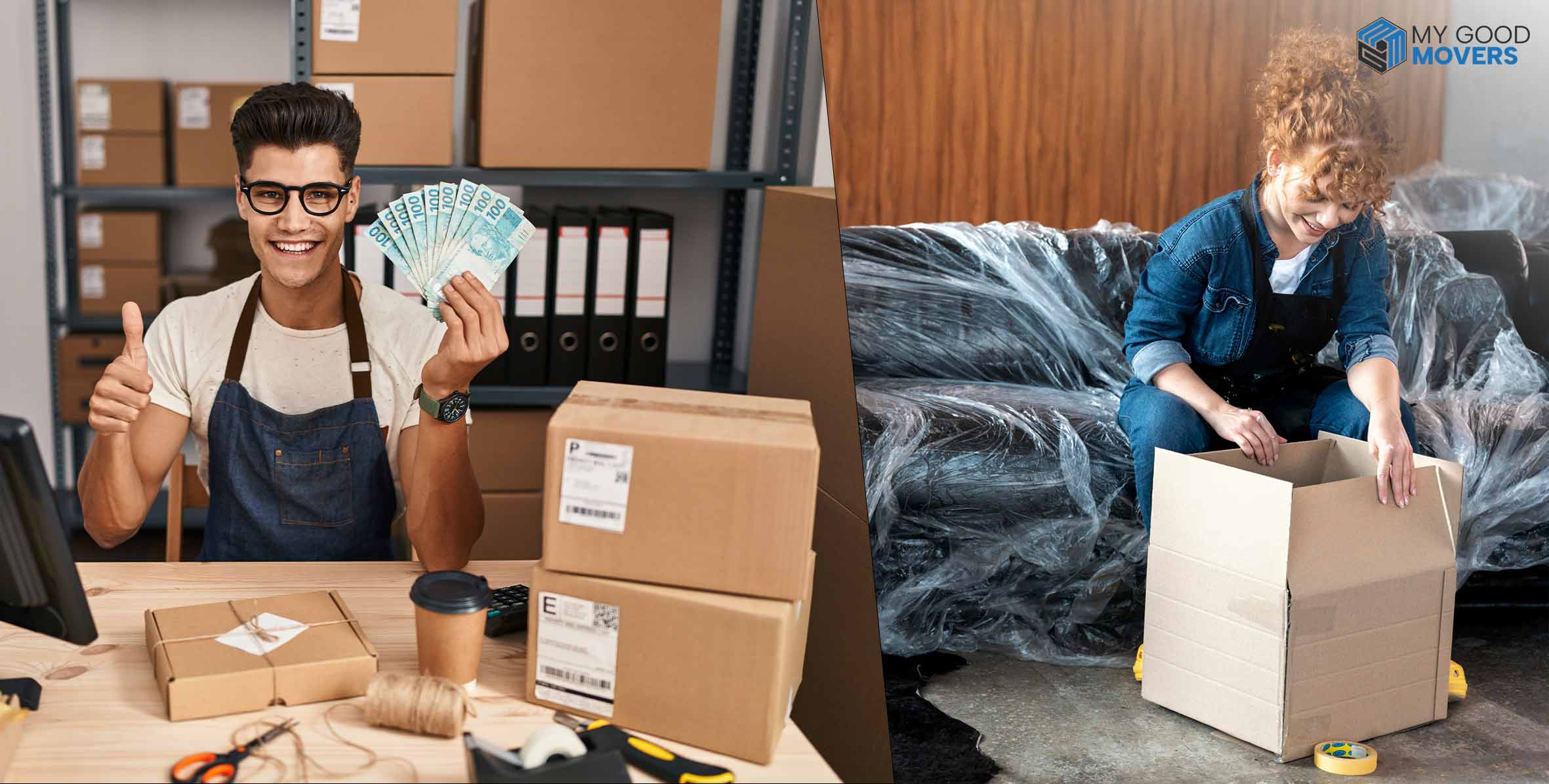
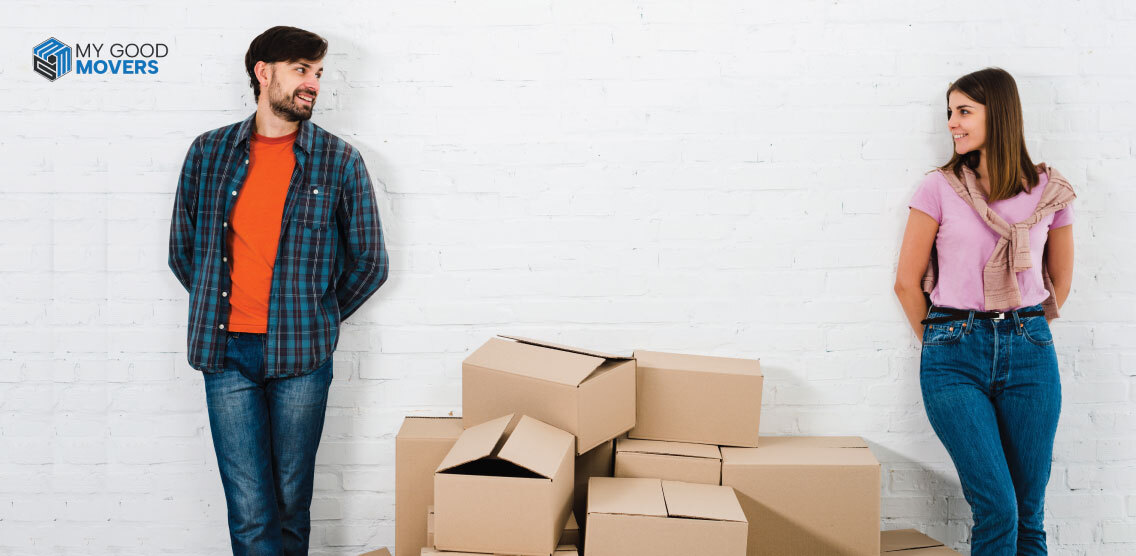

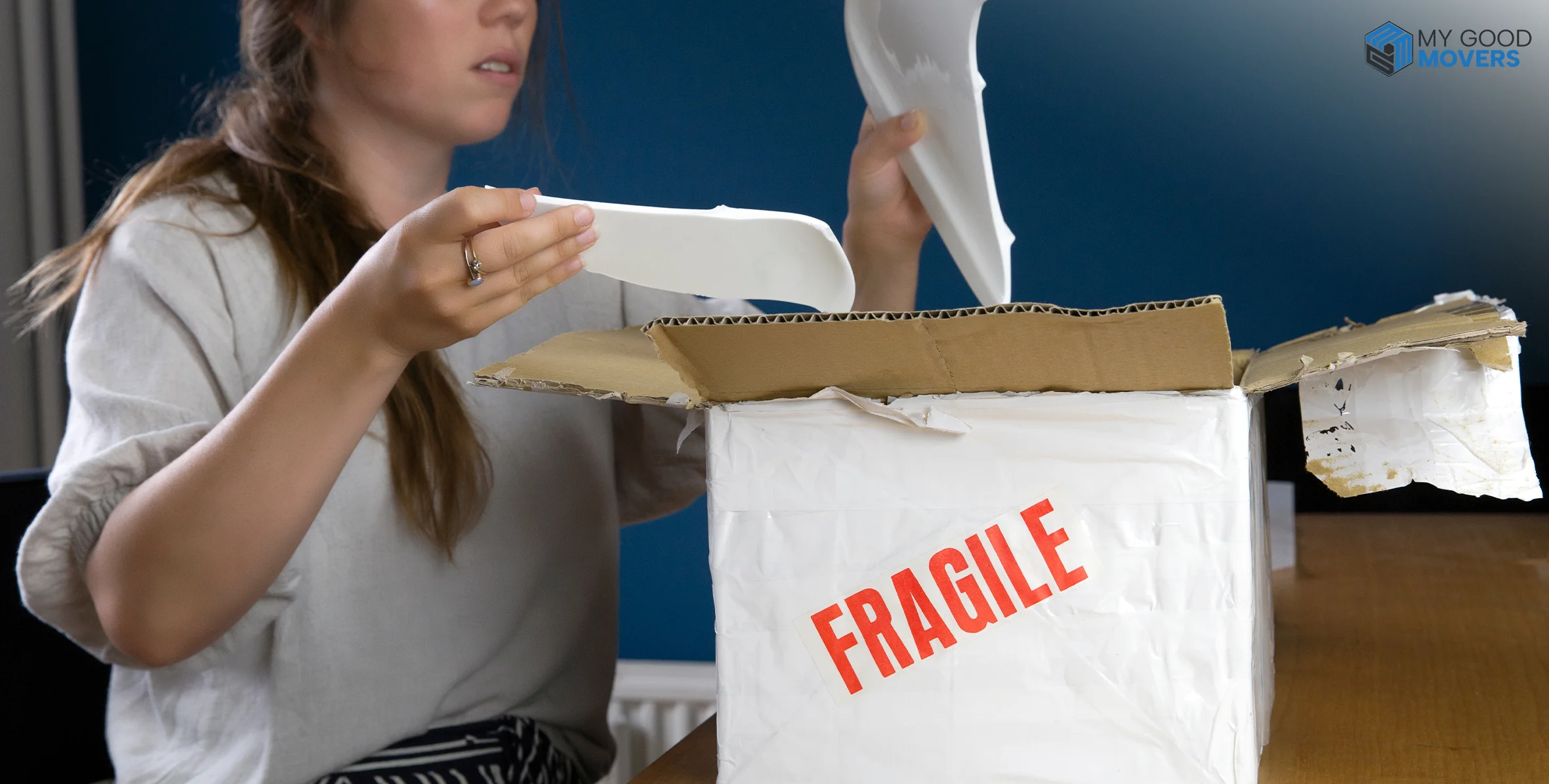

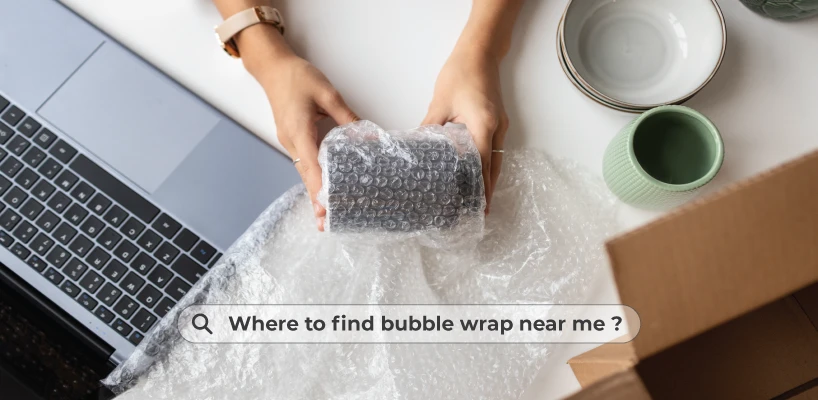
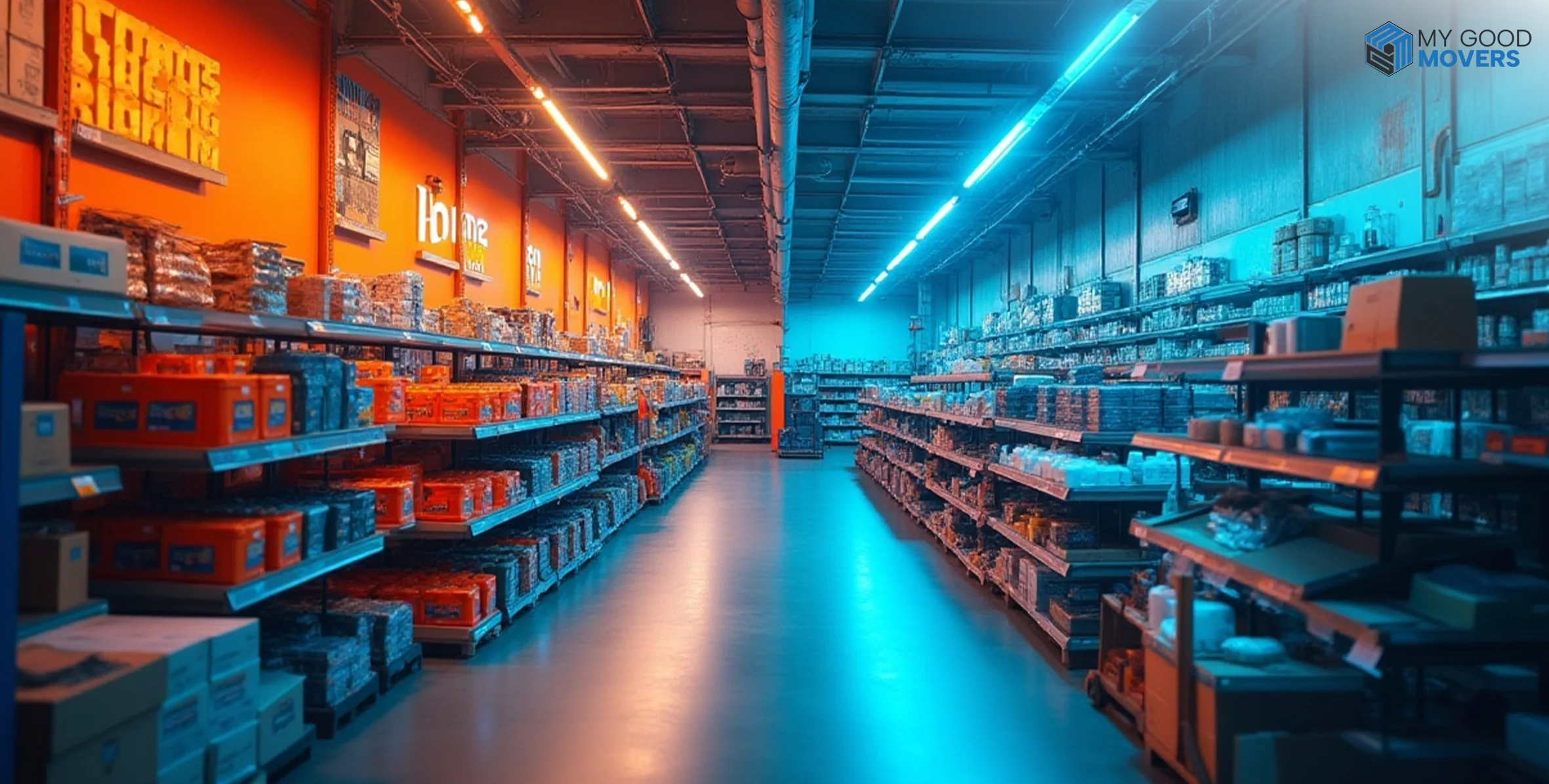

 (239) 799–6077
(239) 799–6077